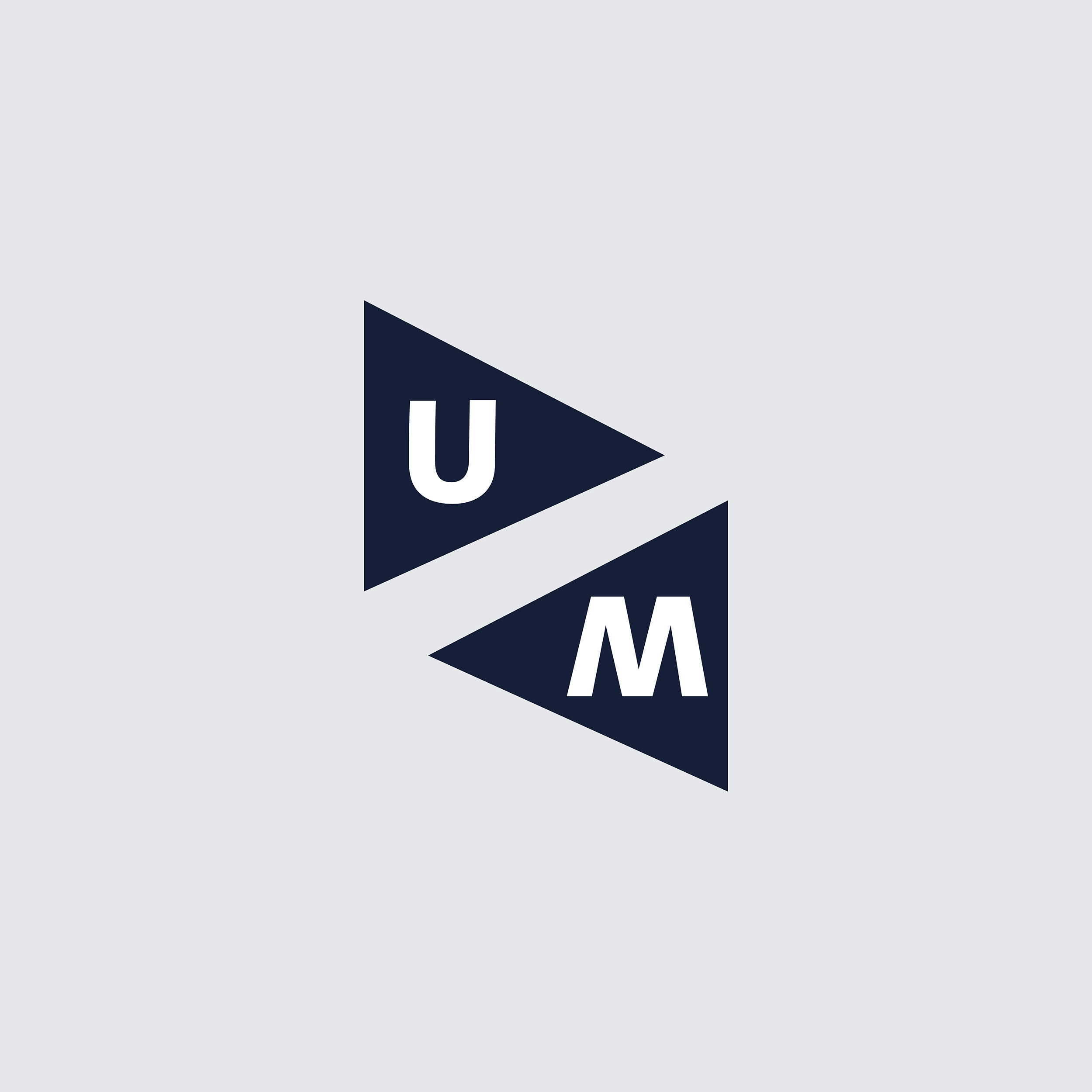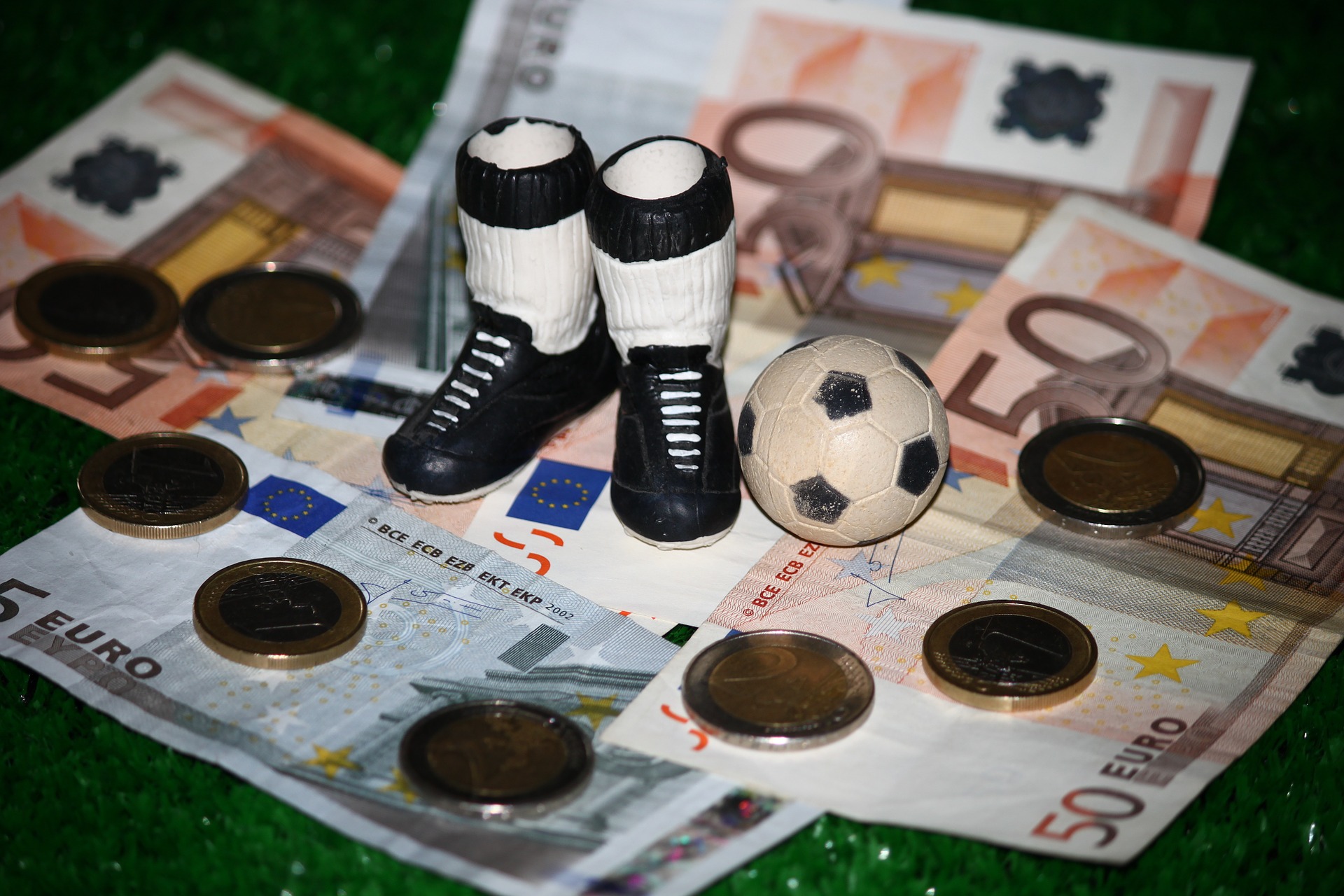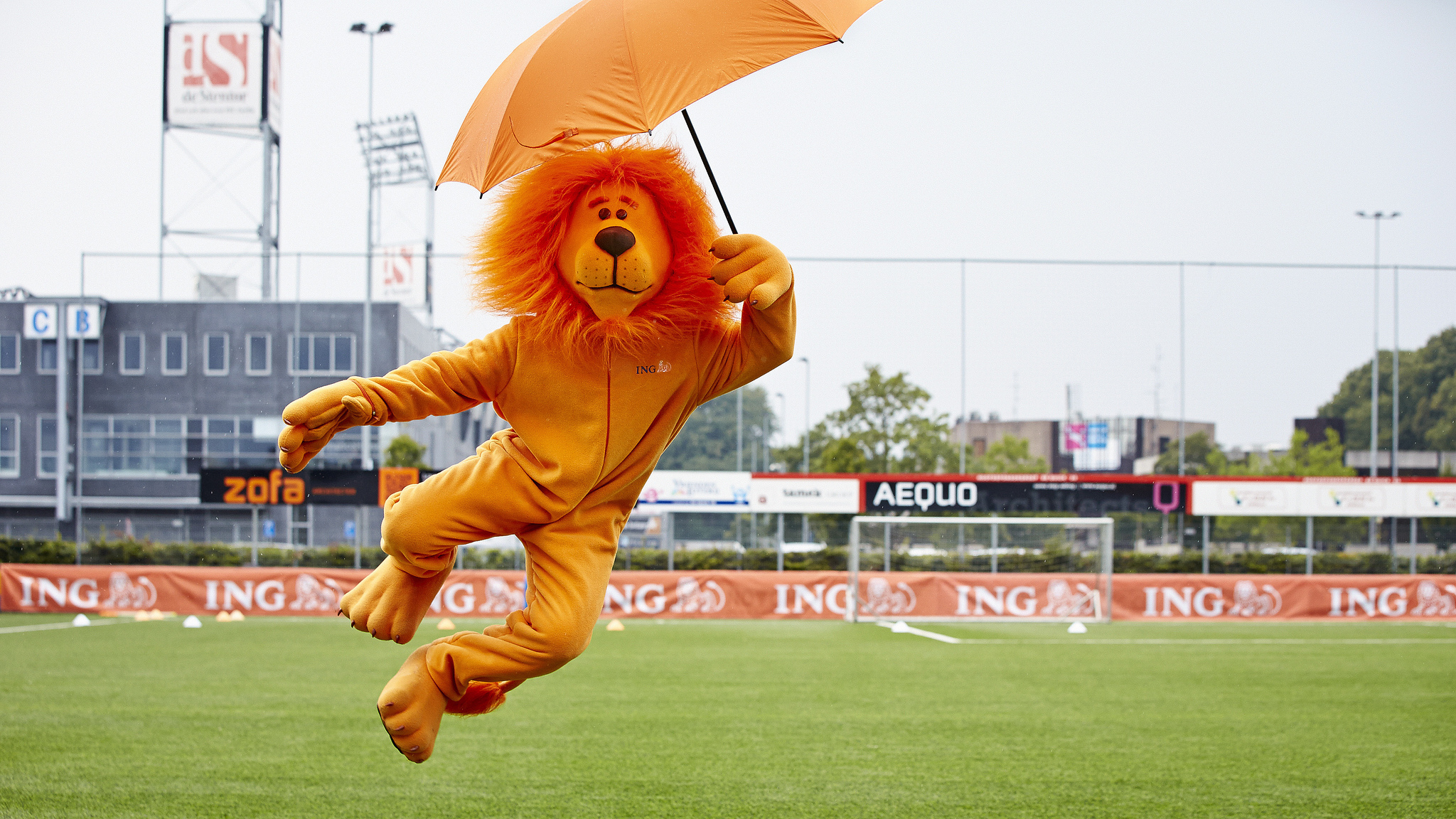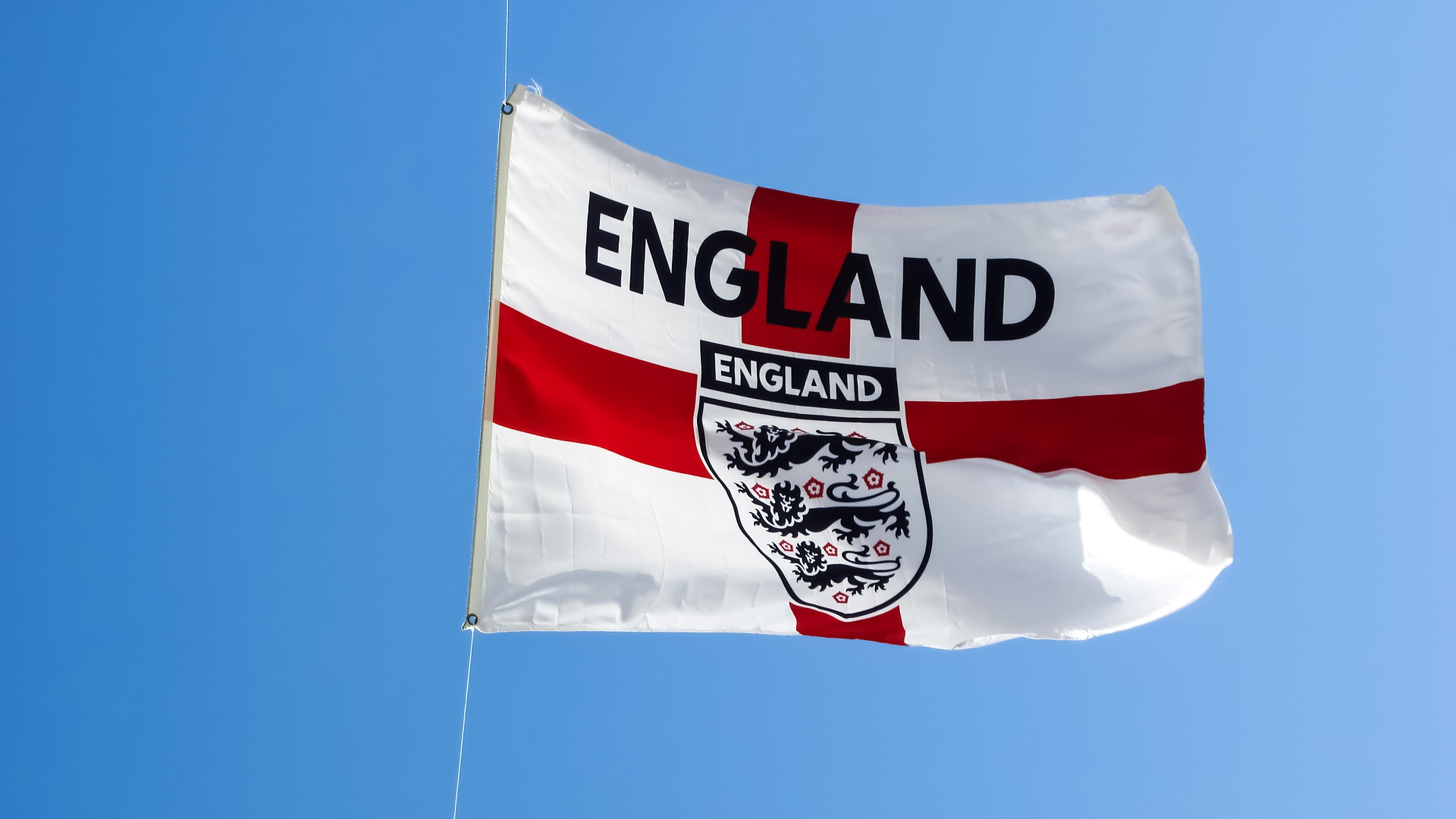Germany report, corrupting football, the beautiful game (part 4)

Researched and written by Hanna Harnisch. The German league is the 2nd largest in Europe according to revenue and thus does play an important role in terms of foreign investments saturating the league.
In Germany, it is quite difficult to find examples of issues with the financing of football clubs which is due to the so-called 50+1 rule - no one investor can own more than 49% of the club. Although not entirely uncontroversial, this system clearly protects German clubs from foreign investors with dubious intentions seen in other European countries. This strategy “encourages club owners to pursue longer-term growth strategies and avoid excessive risk-taking or debt”.
One consequence of the 50+1 rule and other investment limits (such as the Basel III regulation for banks) is that clubs sometimes heavily rely on fans to finance themselves. A unique feature of the German league is the so-called “Fan-Anleihe” - fan bond - which allow fans to purchase shares in their favourite clubs for small amounts of money and thus steer and be involved in management of the club collectively.
In fact, the only good example of a club that falls out of the general pattern of transparent financing of German football clubs is that of RB Leipzig, which is indirectly and exclusively owned by Red Bull - the energy drink company - and has had an enormous success climbing up from the 3rd division to the 1st division within a few years. However, it is precisely this exclusively commercial interest standing behind the investment into and ownership of the club that makes it literally the most hated club in German football. Many fans of other clubs are either boycotting games against RB Leipzig or are protesting by throwing severed bulls heads onto the field because they believe that what Red Bull has done is destroying the German football culture.
Moreover, according to the “50+1” rule, clubs must hold a majority of their own voting rights. In Borussia Dortmund’s case, this means that 139,000 paying members have a veto over issues such as ticket prices. While RB Leipzig technically still fulfils the 50+1 requirement, their critics allege that what the club is doing nevertheless corrupt the spirit of the rule. Consider for example the fact that while membership at Dortmund costs adults € 62 per annum, being a “gold” member at Leipzig will set you back € 1,000 a year - and that still only makes you a “supporting” or non-voting member. Even after being forced by DFL to open up their membership structure in order to get a licence for the first division, RB Leipzig only has 17 voting members - the majority of whom are either employees or associates of Red Bull.
The German league is the 2nd largest in Europe according to revenue and thus does play an important role in terms of foreign investments saturating the league. The way the German league generates profits is through sponsoring (i.e. large investors paying for having their names on the stadium), stadium ownership by clubs. Revenues from these sources represent about half of the Bundesliga’s revenues. For example, “[i]n 2011-12, Bayern earned € 201.6m in commercial revenue, about € 13m more than Real Madrid, the world’s overall top earning club, and almost € 60m more than Manchester United”.
Regulation in the Bundesliga mainly evolves around the 50+1 rule. In addition to the 50+1 rule for club ownership, there is a strict licensing system regulated by the national football association (DFL), which requires, amongst others, the following:
Transparent financial data disclosure (certified by auditors)
- Info on banks, auditors, etc.
Forecasts
- Approval by DFL only if positive liquidity situation at end of upcoming season
Licenses can be revoked, granted conditionally (i.e. debt reduction) or simply granted. Other sanctions (such as temporary suspensions), point deductions or monetary fines are applied in cases of non-compliance.
These domestic regulations make it quite easy for Germany to comply with financial fair play requirements at the UEFA and FIFA level. Thus, Germany could hold up as an example of a big market that has managed through regulation at the macro-level to bring out positive traits of the industry that is professional football. Although Germany is not free from other issues such as match-fixing or questionable transfer sums, when it comes to the financing of clubs, it is probably the most transparent European league.
It has sometimes been argued that German clubs might “lose out” in international competition because they do not see big inflows of money but several reports of top European clubs and leagues show that the German league and top clubs like Bayern Munich and Borussia Dortmund are actually doing very well. All in all, Germany could potentially be seen as a best practice model for financing football clubs in terms of keeping a good balance between small and medium-sized clubs and the big ones.
This case study was written by Hanna Harnisch as part of the Premium Project on “Corruption in Football.” The Premium Team consists of Teresa Vazquez Lopez (Spain Report), Aurelie Wertz (England Report), Hanna Harnisch (Germany Report), and Marije Ariëns (the Netherlands Report).
Published on Law Blogs Maastricht
Read the 1st blog Introduction
Read the 2nd blog Spain report
Read the 3rd blog England report
Read the 5th blog Netherlands report
Read the 6th blog Priliminary conclusion
-
 M.T. KawakamiMore articles from M.T. Kawakami
M.T. KawakamiMore articles from M.T. KawakamiTeacher. Lawyer. Failed Comedian. Weekend Researcher.
Other blogs:
Also read
-
Football for sale: what is the problem, and what are the solutions? Read our previous reports (Spain, England, Germany and the Netherlands) to find out.
-
Researched and written by Marije Ariëns. For the clubs, accepting foreign investments means more possible room for improvement of the club and more successful transfers. However, it also means there will be less insight into where the money that finances these improvements comes from and through...
-
Researched and written by Aurelie Wertz. Twenty-eight clubs in the English top four divisions are now substantially owned by overseas investors! Overall, we see a general culture of acceptance or perhaps that of wilful ignorance by the fans regarding the mysterious and multiple complex aspects of...


